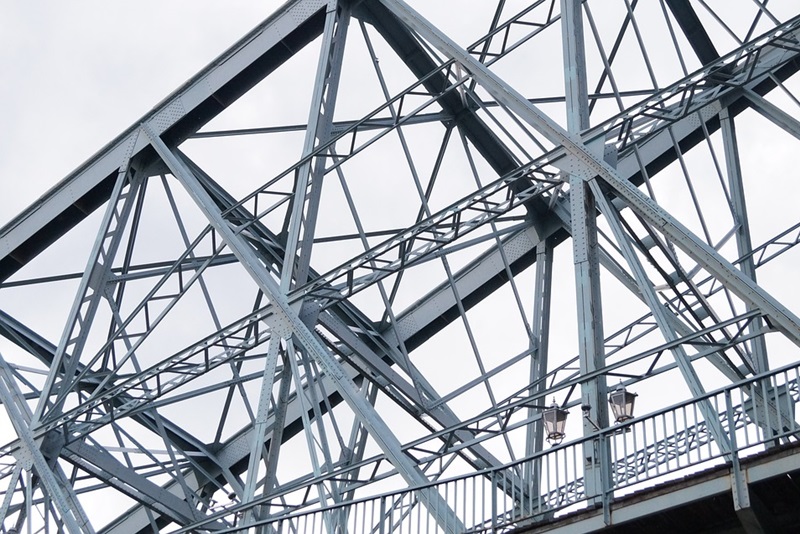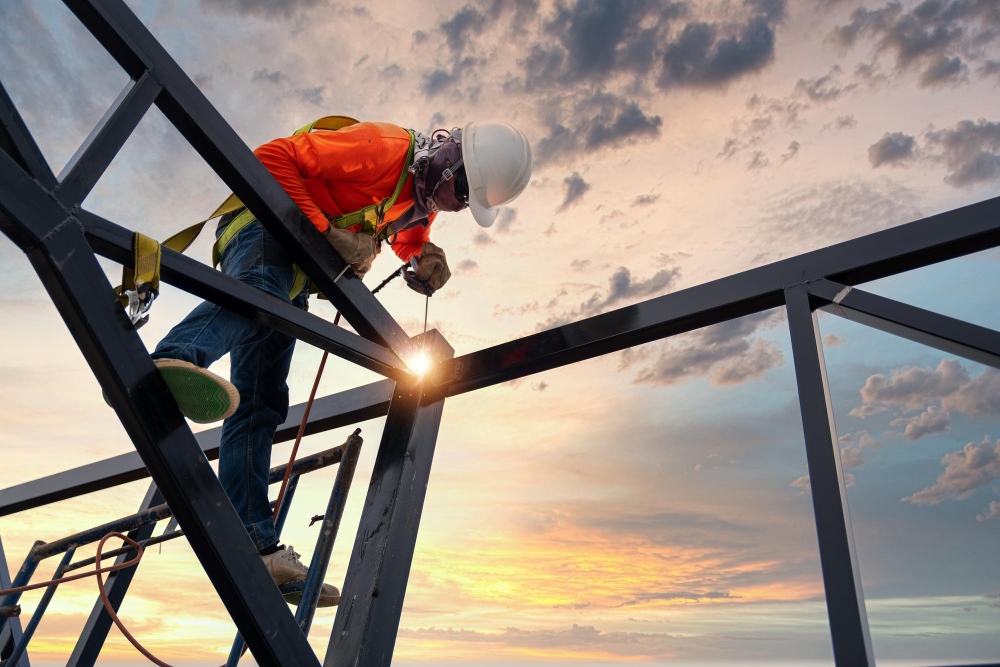Trusted Steel Fixing Providers: Making Certain Architectural Stability
Trusted Steel Fixing Providers: Making Certain Architectural Stability
Blog Article
Cutting-edge Fads in Steel Manufacture: Enhancing Durability and Accuracy
In the realm of steel fabrication, the pursuit of sturdiness and accuracy has led to a wave of ingenious fads that are reshaping the market. These patterns are not just shaping the present but likewise laying the groundwork for the future of steel fabrication, promising more improvements in longevity and accuracy.
Advanced Welding Technologies
In the world of steel manufacture, the adoption of sophisticated welding innovations has dramatically transformed the market's method to accomplishing premium top quality and precision in architectural welds. Advanced welding technologies, such as laser light beam welding and friction stir welding, have actually arised as game-changers in the field. By leveraging these innovative welding strategies, steel makers can raise the longevity, stamina, and precision of their structural welds, fulfilling the significantly requiring requirements of contemporary building tasks.
Robot Automation in Fabrication
Embracing robotic automation has become a keystone of contemporary steel manufacture techniques, enhancing procedures and improving efficiency across the industry. Robotics are revolutionizing the way steel elements are produced, supplying unmatched precision and rate while decreasing human mistake. These automated systems can manage repeated jobs with consistent precision, bring about better final result.
One secret benefit of robot automation in steel fabrication is the ability to work around the clock without tiredness, considerably enhancing production result. This constant operation minimizes downtime and speeds up job timelines, inevitably conserving prices for suppliers. In addition, robotics can be set to perform intricate tasks that might be challenging or dangerous for human workers, improving security in the workplace.
Furthermore, robot automation makes it possible for smooth assimilation with other electronic modern technologies, such as computer-aided layout (CAD) software application and Internet of Things (IoT) systems (steel fabrication melbourne). This interconnected method improves interaction in between various stages of construction, enhancing operations and ensuring real-time tracking and control. As the steel construction sector proceeds to evolve, robot automation sticks out as a transformative pressure driving performance and accuracy in making processes

High-Strength Alloy Growth
The development of high-strength alloy advancement in steel construction is reshaping the industry's method to improving material sturdiness and performance. High-strength alloys are engineered to exhibit superior mechanical homes, such as enhanced tensile stamina, strength, and corrosion resistance compared to typical steel qualities. By including these advanced alloys right into manufacture procedures, producers can generate components that endure greater tension levels and extreme settings, causing even more reliable and long lasting output.
One key benefit of high-strength alloy development is the ability to reduce product thickness without endangering architectural honesty. This not just leads to lighter-weight components yet additionally contributes to cost financial savings and enhanced efficiency in fabrication and assembly processes. Moreover, the enhanced strength-to-weight proportion of these alloys permits for the design and construction of frameworks with higher load-bearing abilities while lessening overall weight.
3D Modeling and Simulation Software Program
Improvements in steel construction processes have actually been significantly pushed by the assimilation of innovative 3D modeling and simulation software application devices. These tools permit producers to develop thorough online versions of their tasks, allowing them to envision the end product with accuracy before any manual labor begins. By mimicing numerous stress factors, environmental conditions, and architectural loads, producers can optimize designs for boosted resilience and efficiency. In addition, 3D modeling and simulation software application improve the production process by recognizing possible concerns at an early stage, reducing the requirement for costly rework and reducing product waste.

Sustainable Practices in Steel Manufacturing
Including sustainable methods into steel production processes is necessary for decreasing ecological influence and making sure long-term source schedule. One crucial lasting method is the fostering of energy-efficient modern technologies to decrease greenhouse gas exhausts during the steel manufacturing procedure. This consists of utilizing renewable resource sources, such as solar or wind power, to power steel plants and carrying out energy-efficient tools to optimize energy use.
Another important element of sustainable steel production is the accountable sourcing of basic materials. This includes making sure that the iron ore and other resources made use of in steelmaking are gotten from ecologically pleasant and honest sources. By promoting transparency in the supply chain and adhering to strict environmental requirements, steel manufacturers can minimize the negative influences of resource extraction on neighborhood ecosystems and communities.

Conclusion
To conclude, the ingenious trends in steel manufacture such as innovative welding technologies, robotic automation, high-strength alloy growth, 3D modeling and simulation software, and lasting techniques are enhancing the durability and accuracy of steel products. These advancements are changing the steel construction sector by improving sustainability, performance, and top quality. It is clear that the future of steel construction depends on accepting these sophisticated innovations to fulfill the needs of modern-day construction and manufacturing industries.
In the world of steel manufacture, the search of resilience and precision has led to a wave of ingenious trends that are reshaping the industry.In the world of steel construction, the fostering of advanced welding technologies has considerably revolutionized the market's strategy to attaining superior high quality and precision in structural welds. As the steel fabrication industry proceeds to develop, robotic automation stands out as a transformative pressure driving effectiveness and precision in producing processes.
Furthermore, recycling and reusing steel scrap and waste products play a considerable role in enhancing the sustainability of steel manufacturing. Alpha reo.In conclusion, the cutting-edge patterns in steel fabrication such as advanced welding modern technologies, robot automation, high-strength alloy growth, steel fabricators melbourne 3D modeling and simulation software, and lasting practices are improving the resilience and accuracy of steel items
Report this page